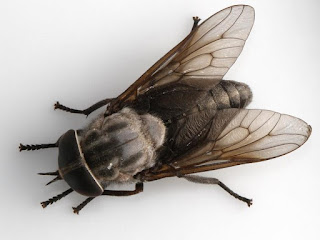Making Life in a Lab

Many devotees of molecules-to-miscreant evolution have realized that abiogenesis happening on this world is impossible, and some will distance themselves from the problem with the falsehood that "abiogenesis has nothing to do with evolution" . Others cling the the failed Miller-Urey experiment , and come up with other incoherent origin of life experiments . Some even in voke a kind of animism . Image modified from Yassine Mrabet /Wikimedia Commons The Miller-Urey experiment was saddled up and ridden hard as "proof" that life could have happened by chance, but it proved next to nothing. Using intelligently-designed equipment in a controlled environment based on the now-abandoned "reducing atmosphere" concept, the researchers obtained some amino acids. These building blocks of life were caught in a trap and removed from the toxic environment, which invalidates the experiment. (Many images on the web conveniently leave out the trap part, or neglect ...





